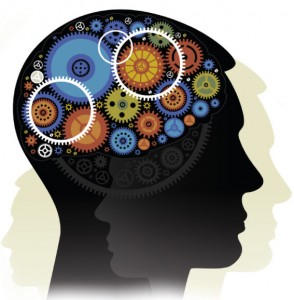 At its most basic level, Neurofeedback is derived from methods that we generically describe as “relaxation” training. This is the strict definition recognized by the FDA in its labeling requirements for EEG feedback systems, and constitutes the primary claim available to providers of such equipment.
At its most basic level, Neurofeedback is derived from methods that we generically describe as “relaxation” training. This is the strict definition recognized by the FDA in its labeling requirements for EEG feedback systems, and constitutes the primary claim available to providers of such equipment.
See the video on Neurofeedback Training at the Sachs Center.
Historically, there is also a tendency to consider this as “just” relaxation training, as if it were a generic technique without specific value. However, it has become clear that neurofeedback is far more than a simple way to learn to relax. Rather, it has specific effects on the brain, and can achieve much more than simple relaxation would suggest.Thanks largely to the work of Dr. Barry Sterman, we understand that the generation of brain rhythms is a phenomenon that involves complex thalamocortical interactions, and engages whole brain mechanisms. For example, the production of the sensorimotor rhythm (SMR) is accompanied not only by relative stillness of the body, but also by the “intention not to move.” This means that the nervous system is not simply keeping the body still, but that deeper brain/mind mechanisms associated with intention and planning are also being trained.
Owing to its unique access to the central nervous system, neurofeedback entails systemic regulation at the deepest level. This includes unconscious, autonomic, and related integrated somatic processes which can be re-educated and reorganized through EEG operant conditioning. When we consider this, the value of SMR training is deepened.
Neurofeedback
We are actually accessing a variable that not only reflects the current state of the body, but that actually connects with the trainee’s internal state. No other technique has this component working with the deepest intentions of the mind, in a quantitative and well defined manner. When relaxation training occurs at the level of individual neurons and individual brain structures, the possibilities are endless. The brain contains its own drug factories and control mechanisms, and is integrated with the body at the deepest levels. Neurofeedback allows us to work with these systems in terms of their interactions, in a dynamic and profound manner. It has been documented that neurofeedback training has measurable clinical benefits working with disorders including seizures, depression, learning disabilities and attention deficits.
If neurofeedback were “mere” relaxation training, these findings would not be possible, and the potential of EEG feedback would be considerably more limited than we know it to be.Could it be that brain disregulation is at the core of a wide range problems including ADD, insomnia, headaches, and chronic pain? Are these “mere” signs that the brain/body is starved for internal regulation and stability at a root level? If so, then neurofeedback is far more than “mere” relaxation, and the future is far brighter than we have even imagined.